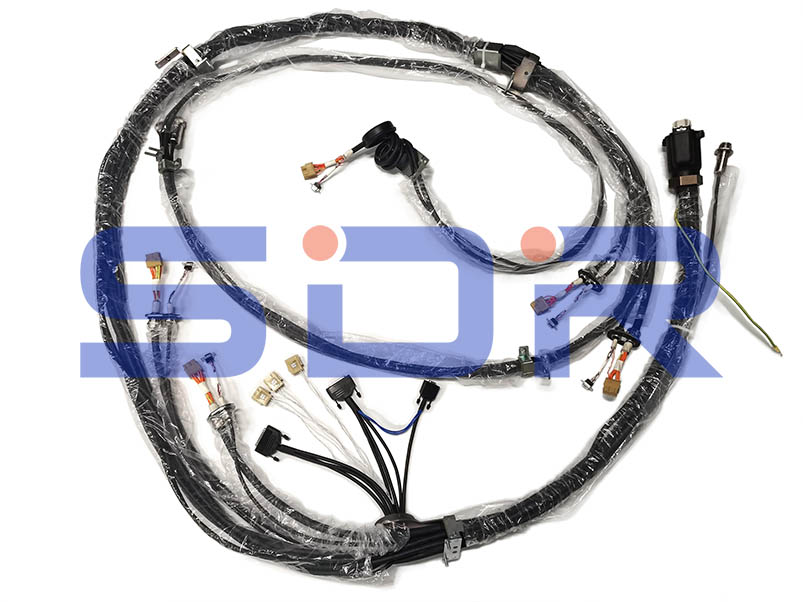Robot Cables are cables specifically designed for use in robotic systems to transmit power and signals to ensure stable operation of the robotic system. Unlike ordinary cables, Robot Cables need to meet specific mechanical properties and environmental adaptability requirements to cope with the high-frequency motion, bending and vibration in robot work.

Characteristics of robot cables
1. Bending resistance:Robot Cables need to have high bending resistance, able to withstand frequent bending and movement without damage.
2. Abrasion resistance:the outer sheath needs to have excellent abrasion resistance to resist mechanical friction and external impact.
3. High temperature resistance:able to work stably under high temperature environment and adapt to the high temperature conditions in robot work.
4. Oil and chemical resistance:able to resist corrosion of oil and grease, chemicals and other corrosion, applicable to a variety of industrial environments.
5. Electromagnetic interference shielding:provide effective electromagnetic interference shielding to ensure the stability of signal transmission.
Application areas of robot cables
Robot Cables are widely used in the following fields:
1. Industrial robots:used in manufacturing industry to connect robot control system and actuators, such as welding robots, spraying robots and so on.
2. Service robots:used for service robots, such as medical robots, cleaning robots, etc., to provide power and signal transmission.
3. Automation equipment:In automated production lines, used to connect various automation equipment and control systems.
4. Aerospace:In aerospace field, used for cable connection of high precision robot system.
Design and Manufacturing of Robot Cables
Designing and manufacturing of robotic cables involves the following steps:
1. Requirements analysis:Determine the specifications, materials and functions of the cable according to the working environment and requirements of the robotic system.
2. Material selection:Select appropriate conductor materials (e.g. copper), insulation materials (e.g. PVC, TPE) and sheath materials (e.g. polyurethane).
3. Structural design:Design the structure of the cable, including conductor layout, insulation thickness, sheath material, etc. to ensure durability and performance.
4. Processing and Testing:Carry out cable production and processing, such as extrusion, braiding, molding, and rigorous performance testing to ensure compliance with standards and requirements.
5. Quality control:Implement quality control measures, such as electrical performance testing, bending resistance testing and environmental resistance testing, to ensure product reliability and stability.
Future Trends in Robot Cables
1. Intelligent:Integrate intelligent sensors and monitoring functions to realize real-time monitoring of cable status and fault prediction.
2. Environmentally friendly design:use environmentally friendly materials and production processes to reduce the impact on the environment.
3. High-performance materials:develop new high-performance materials to improve the durability and performance of cables.
4. Lightweight:Optimize the cable structure and reduce the weight to enhance the flexibility and efficiency of the robot system under the premise of ensuring performance.